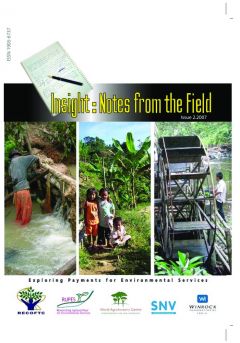Micro-level analysis of farmers' adaptation to climate change in Southern Africa
Adaptation to climate change involves changes in agricultural management practices in response to changes in climate conditions. It often involves a combination of various individual responses at the farm-level and assumes that farmers have access to alternative practices and technologies available in the region.



